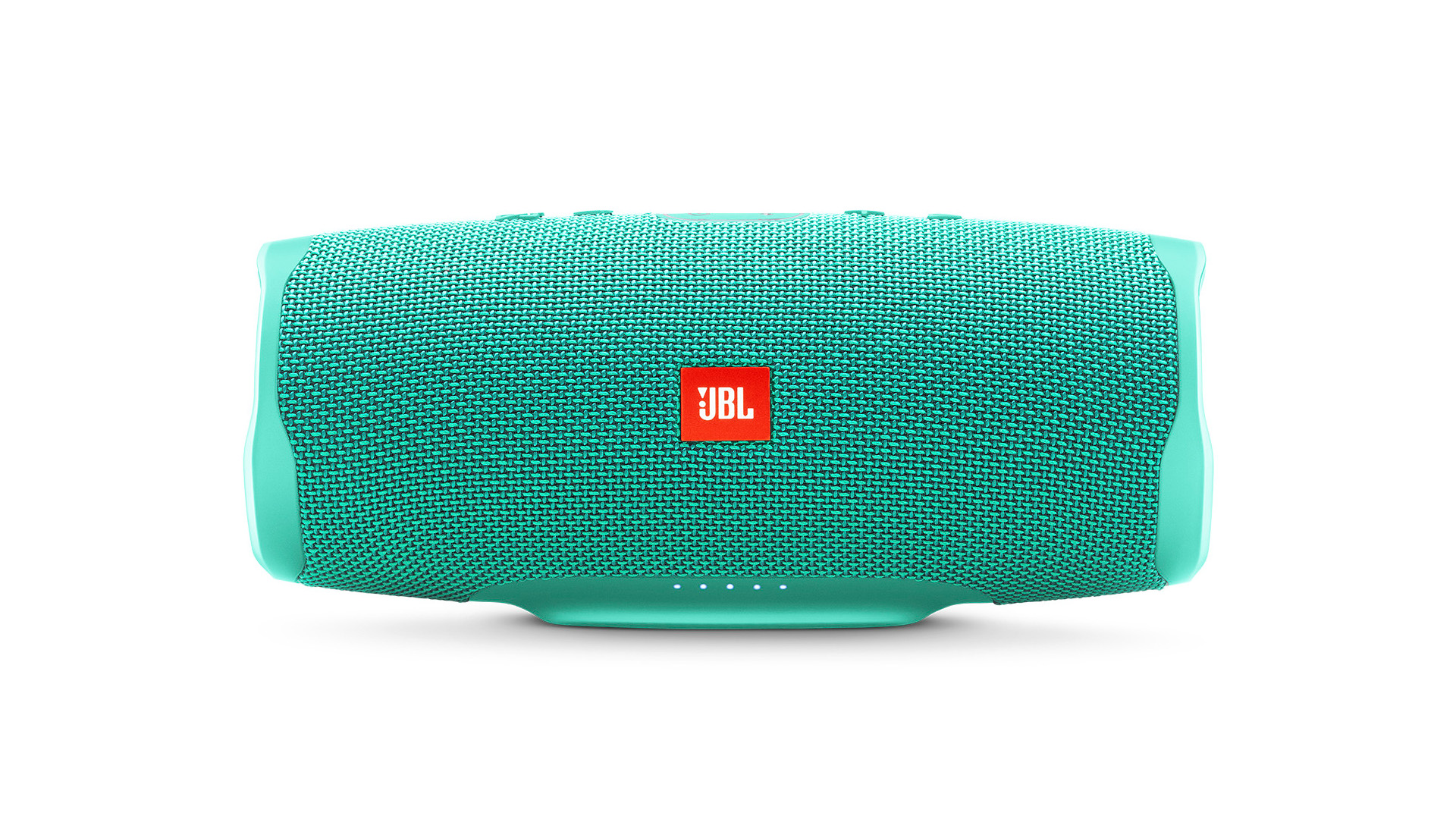
Most people want to find a speaker with great sound quality, durable construction, and useful features, all at a fair price.īoth the JBL Charge 3 and Charge 4 aim to meet these needs, but each model has its pros and cons, doing better in certain aspects than the other, and even though the Charge 4 is the newer of the two models, the Charge 3 still has a lot to offer. We paid close attention to these key factors, focusing on the areas that matter the most to people when shopping for a new wireless speaker. We investigated each one closely, looking at a range of different aspects such as sound quality, size, weight, durability, design, unique features, and more. In order to provide a truly detailed, unbiased look at the JBL Charge 3 and Charge 4, we had to put these speakers to the test. This side by side comparison guide will help you choose the right model for you, putting each speaker to the test and seeing which one is most worthy of your time and attention. Many shoppers hesitate when it comes to the JBL Charge 3 and Charge 4. Useful in a wide range of situations and built to last, the Charge 3 and Charge 4 both have a lot to offer, but which one is best? Now, with wireless speakers like the JBL Charge 3 and Charge 4, this brand continues to stand out as one of the most trusted names when it comes to top quality stereo sound for a new generation.
#Jbl charge 4 aux input portable#
Gone are the days of big, bulky speakers and endless clusters of cables in the modern era, super powerful, wireless, portable Bluetooth speakers open up so many new opportunities for audio excitement, and JBL is one of the brands leading the way.įounded back in 1946, JBL has always been at the forefront of audio equipment and technology, producing some of the most iconic speakers of the past and adapting with the changing times to maintain its status as an industry leader throughout the decades, right into the modern era. So, consider removing 33-ohm resistors if you apply this hack.The technology behind audio equipment has gotten better and better in recent years, with new speakers and microphones progressing at an exponential rate, vastly outperforming older and more traditional alternatives in terms of sound quality, ease of use, connectivity, and general design. This may cause distortion if source impedance is high. I also notice, input stage of this audio detector circuit presents serious nonlinear load to the audio source. It can be done, but requires desoldering the connector, and adding an additional connector to the board (or just permanently soldering a bunch of wires).

As soon as BT audio stops, aux input works again.Ī nice hack! A better way would be to use jack to provide the signal whenever a cable is plugged in. + whenever Bluetooth plays, aux input is inhibited automatically. The speaker doesn't make pairing sounds, though. + I can still connect to BT, and pair new devices.


It's just a matter of shorting out Q12 transistor's collector to emitter.Īfter doing this, I anticipated some problems with Bluetooth. Guess what, the detection of audio signal is done in analog! so we can easily hack it, so that it thinks audio is always coming in. The speaker has an annoying habit of blocking aux sound when the signal is very low, causing annoying dropouts when playing quiet passages, watching movies and talking over skype.


 0 kommentar(er)
0 kommentar(er)
